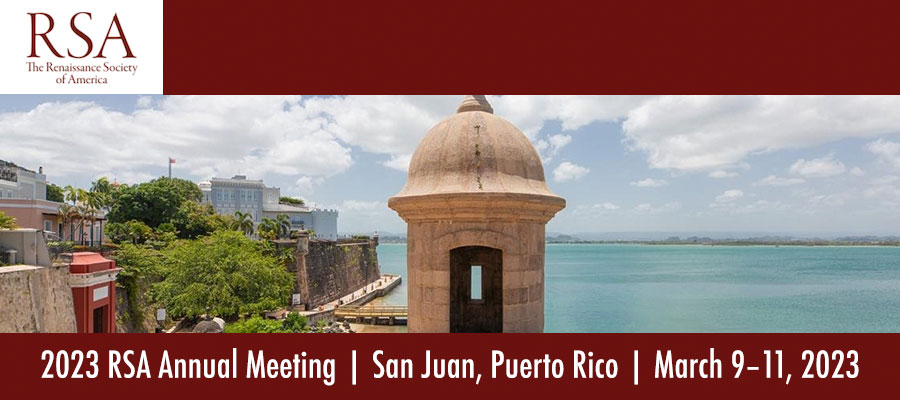Visualizing Comparative Antiquities, session at 2023 Renaissance Society of America Annual Meeting, San Juan, Puerto Rico, March 9–11, 2023
This panel explores how artists, humanists, and collectors around the globe visualized relationships between Classical antiquity and cultures beyond Europe – both as they were encountered in the present and as they were imagined to be in the past. Scholars of literature, history, linguistics, and religion, such as Anthony Grafton and Sabine MacCormack, have studied how European encounters with non-European societies prompted a reckoning with antiquarian, and even foundational epistemic, knowledge. Recent work by Andrew Laird, among others, stresses the reciprocal nature of this discourse, analyzing how humanist pursuits took hold across the Atlantic. This session seeks to understand how comparative antiquities were expressed and framed in visual arguments. Extending the line of thinking begun by Lia Markey in her foundational study about images of the Americas in Medici Florence, we ask how images of non-European peoples, objects, and rituals were incorporated into humanist and antiquarian projects ranging from antiquity to the present. Crucially, we hope that this discussion will not just focus on cases from Europe, but will also shed light on Indigenous and colonial examples.
Papers may address questions that include, but are not limited to, the following: How do early modern collections of knowledge, made visible in inventories, cabinets of curiosities, manuscripts, and books, present the comparison between classical antiquity and Indigenous cultures? What kinds of knowledge did antiquarians hope to recover through studying the visual cultures of non-European societies that they imagined to be closer to a Greco-Roman past? How were these comparative attempts to contextualize Indigenous cultures visualized in works of art? How did Greco-Roman antiquity serve as a foil for images of the past outside of Europe?
Panel organizers
Emily K. Monty
Emily Wood
